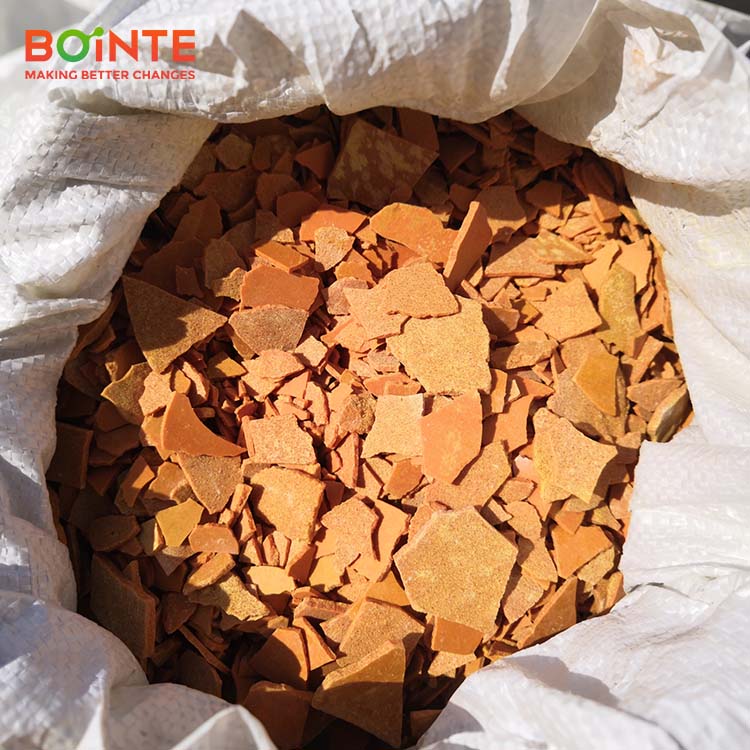1. Baking method (dry process)
Raw material selection
Use aromatic amines, phenols or nitro compounds mixed with sulfur or sodium polysulfide.
Reaction conditions
Continue heating and melting at a high temperature of 200~250℃, and stir to fully vulcanize the raw materials until the product shows the target color.
Post-processing technology
Direct crushing method: The sulfide product is crushed and mixed with other components to form the finished product.
Purification method: Dissolve the product in hot alkaline solution, remove residual sulfur and then oxidize to precipitate high-purity dye.
Typical applications: production of yellow, orange and brown sulphur dyes.
2. Solvent cooking method (wet process)
Solvent system
Using water or butanol as solvent, sodium sulfide and sulfur are prepared into sodium polysulfide solution.
After adding aromatic amine or phenol raw materials, heating reflux is performed to complete the sulfurization reaction.
Product separation
Some processes involve precipitation of the dye by oxidation with air.
Some of them are directly evaporated and dried, then crushed and mixed.
Typical applications: Preparation of black, blue and green sulfur dyes (such as sulfur black).
3. Mechanism of action of sodium sulfide
Sulfur source function
Sodium sulfide provides active sulfur atoms in the sodium polysulfide solution and participates in the construction of sulfur bonds in the dye molecular skeleton (such as forming -S- and -SS- bonds).
Reduction
Sodium sulfide is hydrolyzed in alkaline solution to form sodium hydrosulfide (NaHS), which reduces the intermediate to a soluble sodium thiophenolate leuco form.
4. Process Optimization Direction
Environmental improvement: Reduce excessive use of sodium sulfide to reduce sulfur-containing wastewater discharge.
Solvent replacement: Explore low-toxic solvents to replace butanol and reduce production risks.
Post time: May-30-2025



